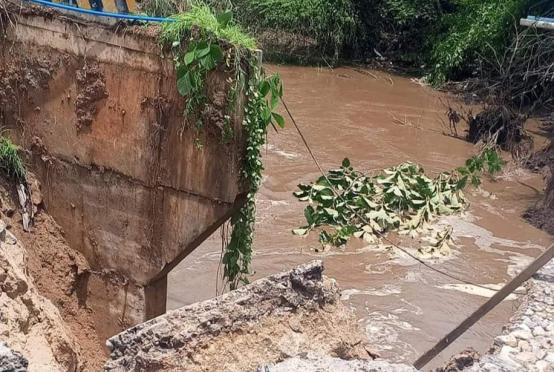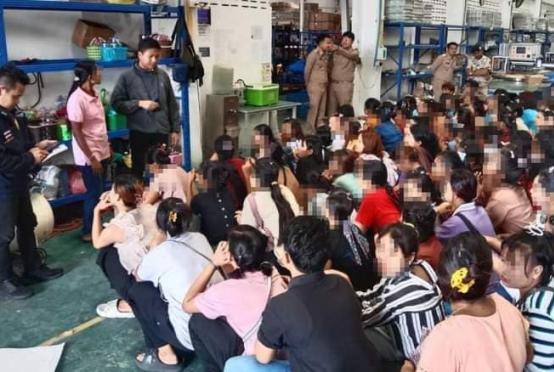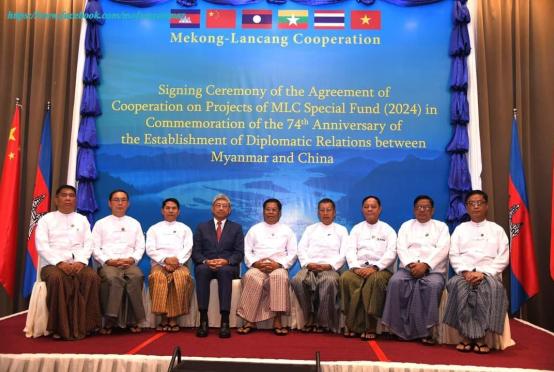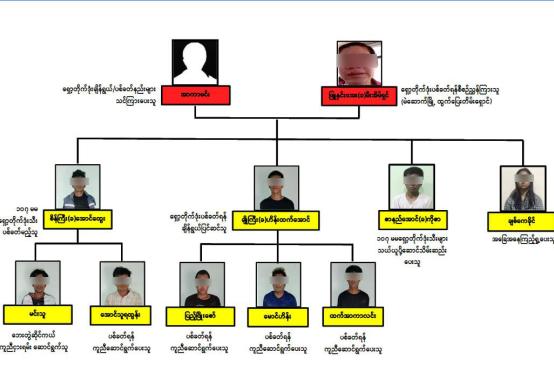TOKYO (The Japan News/ANN)—More than 10 percent of high schools in Japan are offering foreign language classes other than English, with the number increasing as globalization progresses. With less than a year remaining until the 2020 Tokyo Olympic and Paralympic Games, multilingual education is seeing more change. What is the current situation, and what issues need to be dealt with?
Several high schools now require students to take classes in a foreign language other than English: One of them is Tokyo Metropolitan Oji Sogo High School in Kita Ward, Tokyo.
All of the about 240 second-year students at the school had to choose a language from among five options — Chinese, Korean, French, German and Spanish — and take two classes of 50 minutes each a week as a compulsory subject from this April.
“Jintian ji yue ji hao xing qi ji?” (What day of the week is it today?) teacher Akira Kadoya, 59, asked in Chinese. Chinese was chosen by about 120 students, or half of the total.
Each student answered, “Liu yue er shi hao xing qi si” (It’s Thursday, June 20). If Kadoya detects a problem with their pronunciation, he guides them until they get it right.
“There will be more interaction with people from various countries due to the upcoming Tokyo Olympics and Paralympics. More than anything, I thought I’d have more opportunities to talk with Chinese people,” said one female student, explaining why she chose Chinese.
She said she will continue practicing daily conversation so she can smoothly answer people who ask for directions.
“Experiencing various languages creates an opportunity for students to think about being active at a global level. I want them to acquire a practical communication tool with foreigners,” said Satomi Yamada, a vice principal at the school.
If they like, students can continue to take the class as an elective in their third year, according to the school.
Stepping up
The Tokyo metropolitan government’s Education Office drew up Tokyo Global Stage ’20 in February last year for students from elementary through high school. One of the targets of the plan is promoting the establishment of multi-language classes.
Lessons in languages other than English are offered at 55 metropolitan high schools, or nearly 30 percent of the total, with the number of classes increasing from 155 in 2015 to 188 in 2018.
Some private high schools have also been requiring the study of other languages. Jiyugaoka Gakuen High School in Meguro Ward, Tokyo, has established a global course, in which 27 students are enrolled. Students study English as their first foreign language, and must choose either Chinese or French and take one class a week as their second.
Studying a second foreign language was made a required subject for first- and second-year students in the course from this April.
On a day in July, first-year students in a French class went outside with a teacher, looking for signs in the area written in French and taking pictures. They plan to create a “French language map” for around the school.
Teacher Hideto Takiguchi, 44, said, “I hope the students will continue to learn by themselves based on their high school studies, which will give them a boost in the future.”
Learning 6 languages
Nara Prefectural Kokusai High School, which is scheduled to be founded next spring in the popular tourist destination of Nara, plans to offer a type of foreign language education that is rare in Japan.
The school will establish its own unique class titled “world languages,” aimed at fostering human resources who will contribute to the peace and development of the international community. World languages will be a compulsory subject for the 200 students in their first year, in addition to English.
The students will learn all five languages of Chinese, Korean, French, German and Spanish, studying basic conversation and expressions in eight classes a year each.
“Students don’t know which language is right for them at the time of enrollment,” said an official of the prefecture’s board of education, which is preparing to launch the school.
Students in their second year will select one of the five languages and take two class hours a week as a compulsory subject titled “second foreign language.” The prefecture’s board of education plans to coordinate curriculums so students can reach “a level at which they can describe their high school life” when they graduate.
“If students can learn another language in addition to English, they’ll be able to see differences in culture and values from the views of three countries, including Japan,” said Toshinobu Usuyama, a professor at the University of Tsukuba.
An expert on multilingual education added, “It also helps build character with a rich sensibility.”
According to a survey by the Education, Culture, Sports, Science and Technology Ministry, 18 languages other than English are taught at high schools nationwide: Chinese, Korean, French, German, Spanish, Russian, Italian, Portuguese, Indonesian, Arabic, Thai, Vietnamese, Malay, Filipino (Tagalog), Polish, Classic Latin, Nepali and Turkish.
As of May 1, 2016, such lessons were offered at 677 high school schools, or 13.6 percent of the total — national, public and private — with a total of 44,539 students, or 1.3 percent, taking them. By language, 17,210 students studied Chinese, followed by 11,137 for Korean, 7,912 for French and 3,542 for German.
The Japanese government has emphasized teaching English, French and German to strengthen relations with European countries and the United States since the Meiji era (1868-1912). Local factors often influence language education — for example, Russian language lessons are offered at many high schools in Hokkaido and the Hokuriku region, both of which have historical ties with Russia through trade and other activities.















